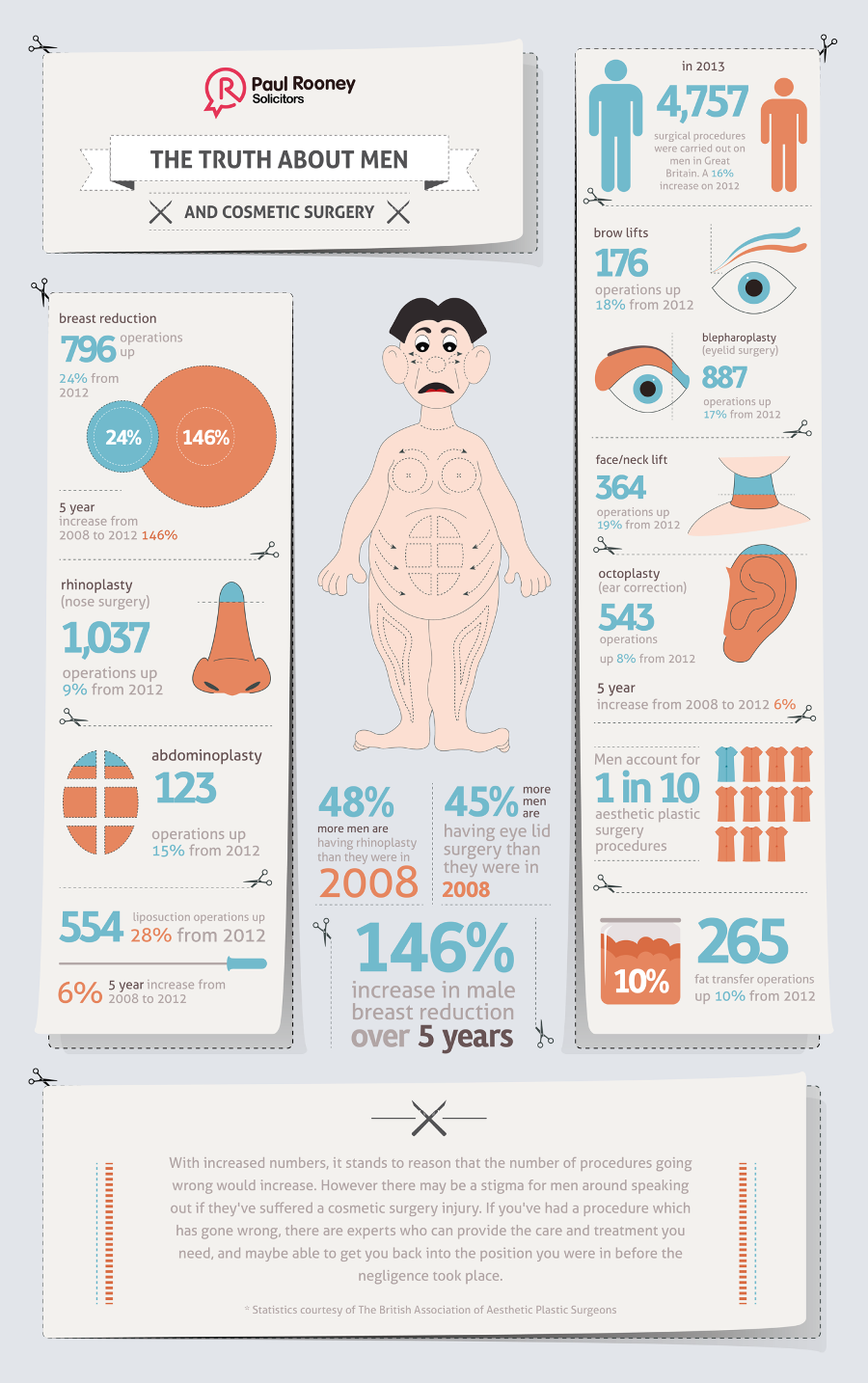Diy Face Masks For Acne
Diy Face Masks For Acne
Blog Article
Hormonal Acne - What is Hormone Acne?
Hormone acne is defined by stopped up pores and oily skin that normally appears on the chin and jawline. It occurs when hormonal adjustments activate inflammation and microbial overgrowth within hair roots.
Outbreaks might look like whiteheads, blackheads, papules or pustules and cysts or nodules in much more serious situations. It is a lot more typical in teenagers experiencing the age of puberty but can affect adults of any age.
What Causes Hormonal Acne?
While acne can be triggered by a range of aspects, consisting of making use of hair and skin treatment items that aren't oil-free or made with ingredients that could clog pores, genetic predisposition, diet,2 and stress, the root cause is varying hormones. Hormonal acne occurs when the body experiences hormonal changes and changes that result in an overproduction of sebum, which triggers inflammation, enhanced growth of bacteria and changes in skin cell activity.
Hormonal acne is often found on the reduced jawline, cheeks and neck yet can show up anywhere on the body. It is identified by imperfections that are cystic, excruciating and loaded with pus or various other product. It is additionally most likely to happen in ladies than guys, particularly during puberty, the menstruation, maternity or menopause.
Age
While several children experience acne eventually during adolescence, it can continue to plague adults well right into the adult years. Called hormone acne, this type of breakout is tied to variations in hormonal agents and is commonly most typical in ladies.
Hormonal acne occurs when oil glands generate way too much sebum, which blocks pores and traps dead skin cells. This leads to the formation of imperfections, such as whiteheads, blackheads and papules, pustules, cysts or blemishes, deep under the surface.
This type of imperfection usually creates discomfort, redness and inflammation. It might additionally be cyclical and appear around the very same time every month, such as right before your period begins. This is since levels of female hormonal agents like progesterone and oestrogen change with each menstrual cycle.
Menstrual Cycle
Hormone acne usually appears in the reduced part of your face, along the jawline and cheeks, as whiteheads, blackheads or inflammatory acnes (pimples and cysts). It's most likely to show up around the time when your menstrual cycle adjustments.
Specifically around ovulation, when estrogen and progesterone levels are on the surge, hormone fluctuations can create outbreaks. But it's additionally feasible to get acne at any kind of factor during your 28-day menstruation.
If you observe that your hormonal acne flares up right prior to your period, attempt observing when precisely this happens and see if it connects to the phases of your 28-day menstrual cycle. This will certainly help you determine the origin of your skin troubles. As an example, you might want to work with stabilizing your blood sugar and removing high-sugar foods, or think about a prescription medication like spironolactone that can manage your hormones.
Maternity
Growing a child is a time of remarkable hormonal adjustments. For numerous females, this includes a flare-up of hormone acne. This kind of breakout normally begins in the initial trimester, around week six. It's caused by hormonal agent surges that promote sebaceous glands to make even more oil, which can clog pores and create more microorganisms to develop.
Outbreaks may additionally happen as a result of pre-existing conditions like polycystic ovary syndrome, which can also be a problem while pregnant and menopause. Likewise, some sorts of birth control pills (such as Ortho Tri-Cyclen and YAZ) can trigger hormone acne in some women.
Luckily, most acne therapies are "no-go" for pregnant ladies (including prominent acne-fighting ingredients such as isotretinoin and spironolactone). However if you can not prevent those aggravating bumps, your physician might recommend dental erythromycin or cephalexin, which are safe while pregnant.
Menopause
As women approach menopause, the estrogen degrees that triggered their hormonal agent acne to flare up throughout puberty begin to maintain and decrease. At the website same time, nonetheless, a spike in androgens (also referred to as male hormonal agents) happens due to the fact that these hormones can't be exchanged estrogen as efficiently as in the past.
The excess of androgens can set off oil manufacturing by the sebaceous glands, which blocks pores. When the clogged pores ended up being swollen and irritated, a pimple kinds.
Hormonal acne is usually seen on the face, specifically around the chin and jawline, but it can happen on the neck, back, shoulders, or upper body. This type of acne has a tendency to flare in a cyclical pattern, comparable to the menstruation. Stress, which enhances cortisol and tosses hormones out of balance, likewise adds to the breakouts.